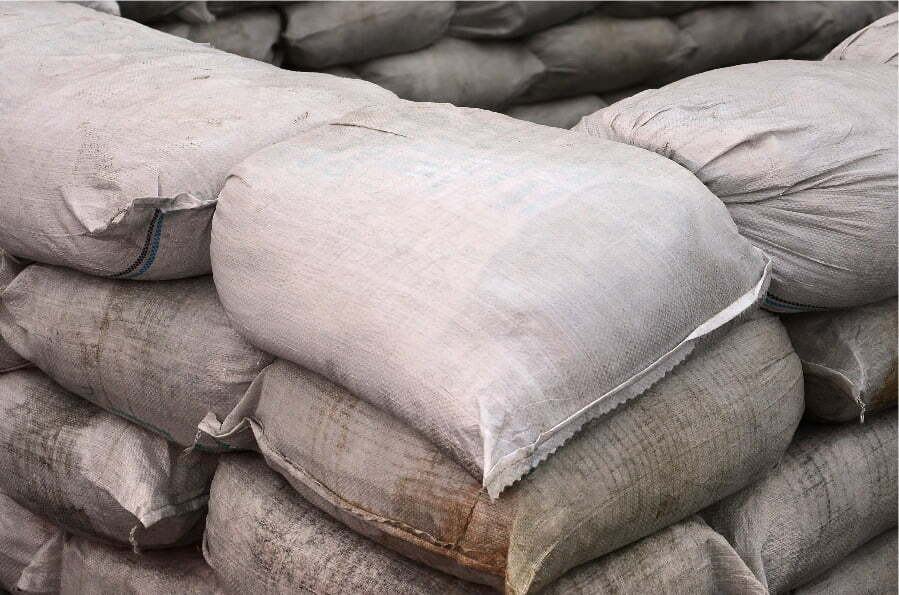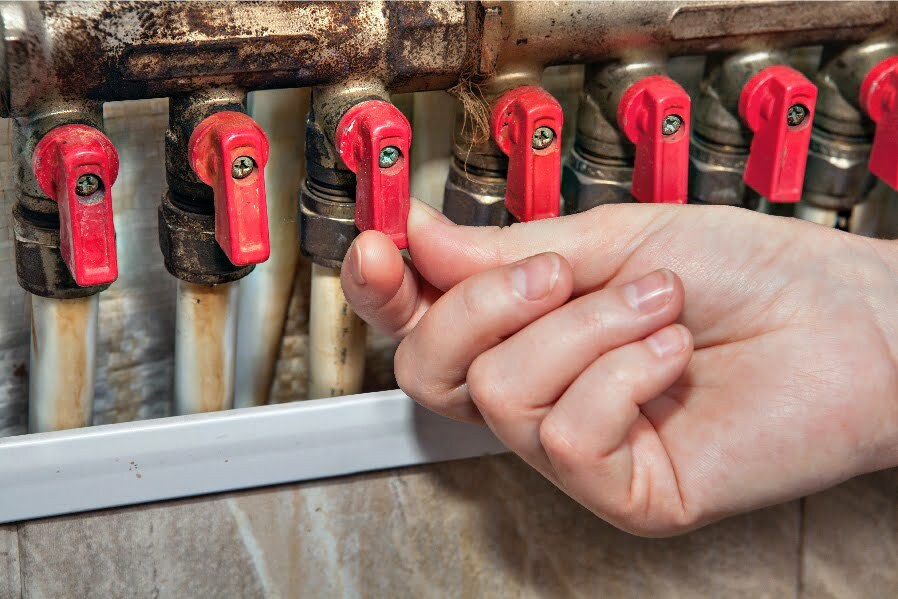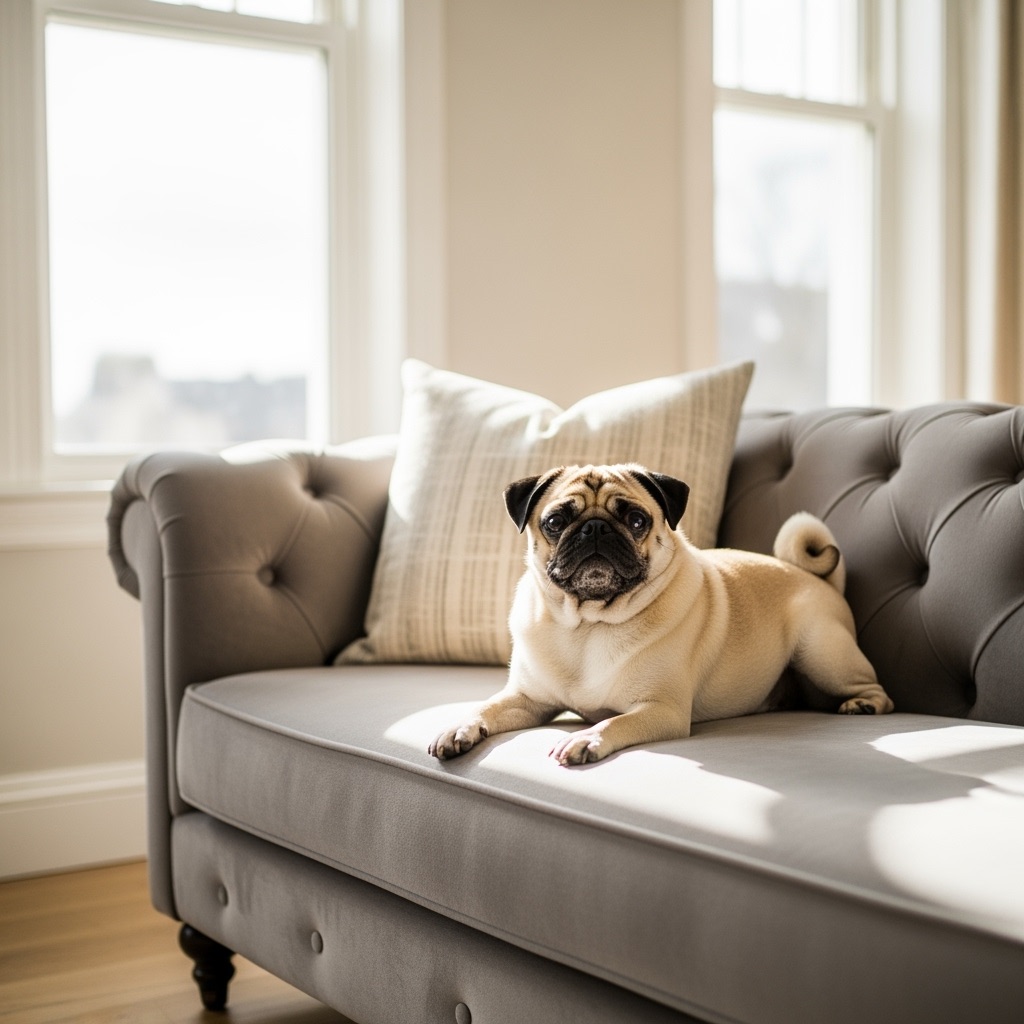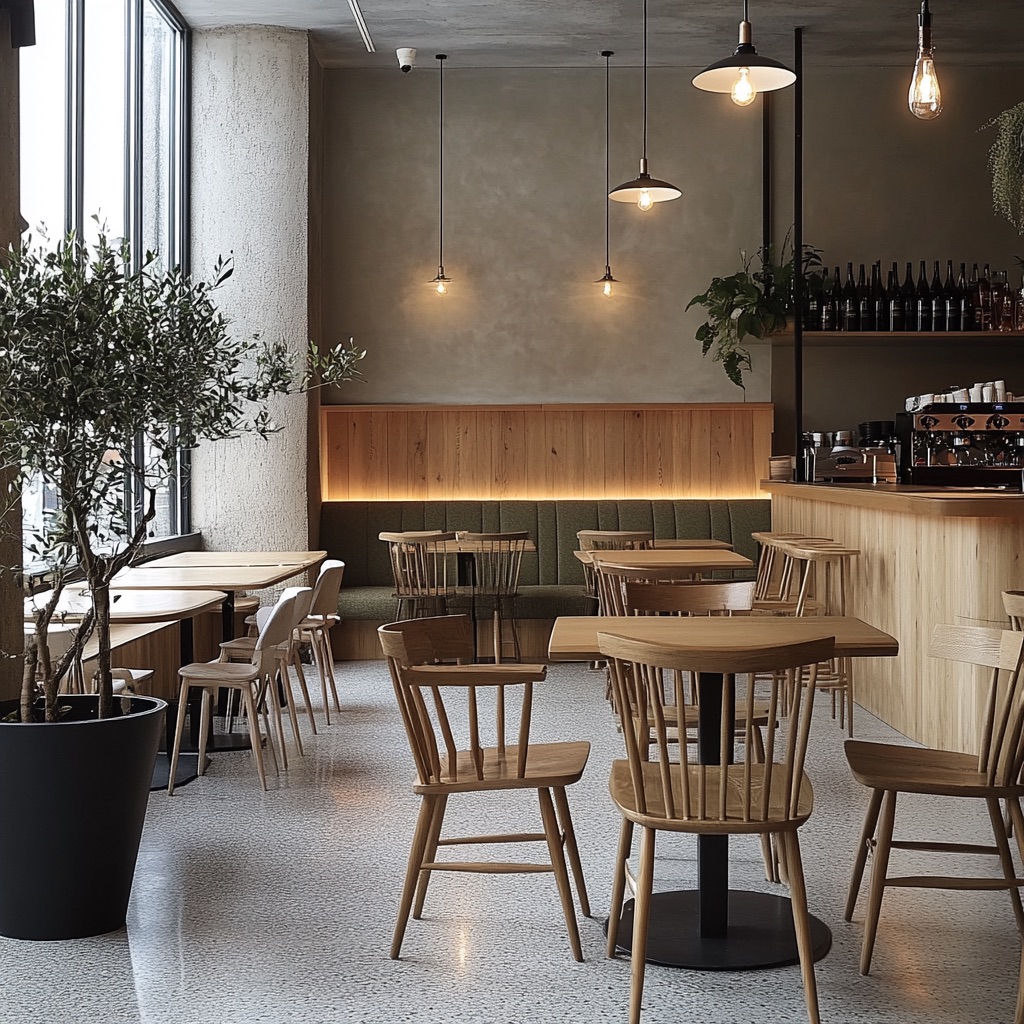Last updated on
Whether you live in a flood-risk area or simply want to be prepared for every eventuality, you need to protect your home from flooding.
In today’s guide, we’ll look at the steps you can take to protect your home against a potential flood.
Have Sandbags Ready

Sandbags can act as an effective barrier against flood water. Ultimately, they can help divert water around the property during a flood. Of course, there’s no guarantee that they’ll fully protect your home, but they are certainly better than nothing.
Local councils tend to have stockpiled sandbags ready for flooding. You could contact your local council to get sandbags. Sandbags will not work with groundwater flooding.
Non-Return Valves for Your Pipes and Drains

Adding non-return valves to your pipes and drains can help stop sewage flowing back via your pipes from sinks and toilets. If in doubt, always hire a professional to undertake this work. These jobs would likely cost several hundred dollars but may even cost less than $100.
Sealable Bags for Important Items
You could protect valuable items from flooding by putting them in large sealable bags. This would make most for items on the ground floor of your home that can’t be moved to a higher floor. For instance, you might want to use large sealable bags to protect sofas and electrical goods like TVs from water damage.
Anti-Flood Air Bricks
Looking at a more complex and costly measure, you may want to have air bricks installed for flood protection if you have the budget. Air bricks can be fitted above or beneath the DPC level and (if possible) on all sides of your household. It’s best to have air bricks installed a minimum of 75mm above hard and soft landscaped areas of your property.
You might be looking at spending $500 to $1,000 to have a sufficient number of water-resistant air bricks installed. One key aspect of ensuring that these bricks do their job should a flood occur is maintaining them properly.
You will also need to purchase air brick covers. You’d need to spend several hundred dollars to have enough air brick covers for your home. It’s critical to remove these covers after the flood. This will let bricks dry out and ensure their long-term functionality.
Protection for Your Doors and Windows
Another way of protecting your home is to have flood boards fitted to your doors and windows. This is likely to cost somewhere between $500 and $3,000.
Moreover, if you go down the route of adding floorboards, remember that these will be permanent and visible features of your household once added. Alternatively, you could install flood-resistant doors and windows, albeit that solution would be more expensive and time-consuming.
Varnishing Wood Skirting Boards
Varnishing your timber skirting boards is a fast and low-cost way to give your skirting boards added protection in case of a flood. If you want a more effective alternative, consider installing plastic, water-resistant skirting boards.
Adding Height to Household Appliances
Moving ground-floor appliances to a higher position could save them from water damage in floods. You could move some appliances upstairs. Or you could raise them using plinths.
Other Tips
Here are some additional ideas worth looking into:
- Installing a new soakaway for your home.
- Has concrete been installed in place of the final two steps of your home’s staircase?
- Set up an accessible store for flood barriers/blocks.
- Install ceramic tiles with water-resistant adhesive on the ground floor of your property and fit rugs as an alternative to fitted carpets.
- Hire an electrician to raise the height of plug sockets if safe and possible.
- Driveways and pathways with permeable surfaces (won’t help with groundwater flooding).
Recap:



